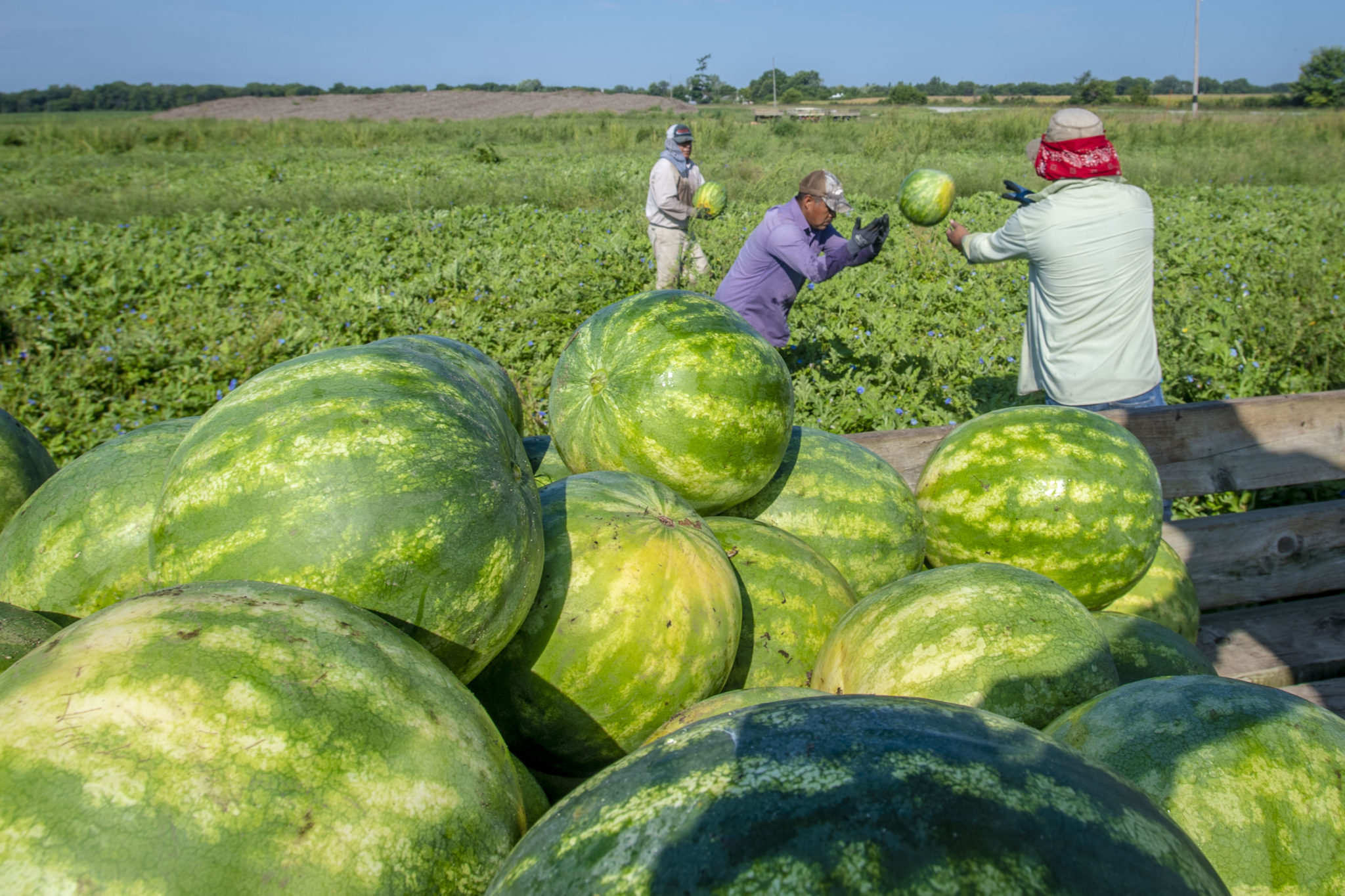
With key input from researchers at Colorado State University’s High Plains Intermountain Center for Agricultural Health and Safety, the Centers for Disease Control and Prevention (CDC) released guidance for protecting agricultural workers during the COVID-19 pandemic.
Highlighting vulnerabilities in the food system, COVID-19 outbreaks among workers led to the closure of meat processing plants, spurring shortages of meat and poultry products in grocery stores and euthanasia of livestock. These outbreaks demonstrate that ensuring the health and safety of agricultural workers is paramount to securing the food supply.
The High Plains Intermountain Center for Agricultural Health and Safety has been working to protect these essential workers for almost 30 years. Respiratory health has been a particular focus for the center’s researchers for many years, and now they are turning their attention toward a new respiratory health threat: COVID-19.
“Farmers and ranchers across the region fall into many of the COVID-19 high risk categories,” said Stephen Reynolds, professor and center director. “Many are vulnerable because of their age. Most farm owners are in their upper 50s and 60s. We also know that farmworkers and dairy workers have high rates of diabetes and respiratory illness.”
“Additionally, agricultural work often requires working in close quarters, making control of communicable respiratory disease difficult. These conditions put workers at higher risk for severe COVID-19 illness,” Reynolds said.
Outlining precautions
The Centers for Disease Control and Prevention recently called on the center and the 10 other CDC- funded Agricultural Safety and Health Centers from across the country to draft COVID-19 interim guidance for agricultural employers and workplaces. The guidance covers more than a dozen topics relevant to preventing COVID-19 on farms, ranches, and dairies, including employee screening and training, social distancing, sanitizing procedures, and considerations for employer-provided housing and transportation.
After outlining the priority areas, researchers and health communicators at the centers collaborated in small groups to translate existing CDC COVID-19 guidance for businesses to the agricultural setting. Researchers’ input from across the country was vital to ensure the guidance applied to all commodities and farm sizes.
After critical internal review from both the CDC and the U.S. Department of Labor, the guidance received additional review from the Environmental Protection Agency, Food and Drug Administration, U.S. Department of Agriculture, Department of Justice, and the White House before being released. In all, the process took more than seven weeks.
“Drafting the guidance was the easy part,” Reynolds said. “Helping producers interpret and apply the guidance will be much more challenging. Preventing COVID-19 on a dairy with 40 employees is very different than on a wheat farm with five family members.”
The center is using partnerships with local commodity associations like the Colorado Livestock Association and Colorado Wheat to promote producer-generated implementation strategies. The center also collaborated with CSU Extension to establish best practices for sharing vehicles like tractors and trucks, which will be implemented at agricultural experiment stations across the region.
“Unfortunately, we don’t know how long the pandemic will last,” Reynolds said. “Sharing the creative and practical ways that agricultural businesses are preventing the spread of COVID-19 will be essential to generating buy-in and adherence to the guidance for the long term.”